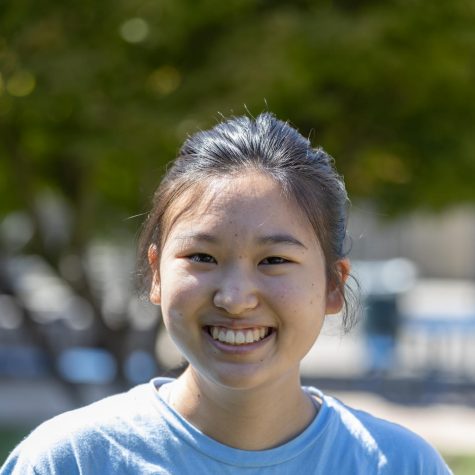District releases results to homework survey following changes to District policy
The Mountain View–Los Altos School District recently published the results to a homework survey, detailing participant’s concerns with stress, unhealthy workloads and the lack of standardization between classes.
The Mountain View–Los Altos School District released the results of a homework survey on Wednesday, October 13, including participation demographics and key thoughts; topics included frequency and type of homework, grading policies, barriers to homework completion and homework breaks.
The most popular stances were lessening the amount of homework, increasing the frequency of homework-free weekends, assigning homework directly related to tests and standardizing where homework is assigned and when it is due. Feedback will help the District identify areas for improvement in future policies.
The survey was proposed by District Community Outreach Specialist Michelle Bissonnette following discussions on student wellness that took place among administrators last spring. From Wednesday, September 15, to Wednesday, October 6, high school students, parents, teachers and staff members were invited to provide any homework-related feedback, totalling 1,154 respondents and 1,047 comments. A summary is now available to the general public.
“The information we collect is meant to help provide data to leadership and staff as well as students and families, so they can determine what the best course of action should be,” Bissonnette said. “It is also meant to help our community see and understand how others, perhaps those with different opinions, feel about these issues. It is as much about informing the community broadly about how people are thinking as it is about making decisions.”
The survey’s administration through the “ThoughtExchange” platform allowed respondents to rate others’ answers on a scale from one to five, indicating how much they agreed with the reply. Responses were also depicted as diagrams showing popular “sides,” the most prevalent of which advocated for the assignment of less homework. The top three rated replies suggested homogenizing Canvas and Google Classroom use by teachers, encouraging a balanced schedule and lessening dependence on homework as a teaching tool.
“Students should not be learning material at home and then reviewing in class,” an anonymous response to the latter reads. “Teachers should teach the class and have students review at home. A textbook should not teach the class.”
Bissonnette, who was appointed to the role of community outreach specialist over the summer, proposed the survey as a “launchpad” for the first ThoughtExchange of the year in response to recent discussions about student wellness. The topic of homework was selected for its applicability to both students’ and teachers’ daily lives.
“We liked the idea of a first topic that is not too controversial, affects everyone in the district, feels topical and will help us inform our thinking going forward,” Bissonnette said.
The survey was released a day before the Board voted unanimously to increase homework-free weekends on Monday, September 14, and comes as part of an ongoing conversation on the role of homework. The District also hopes to continue discussing homework not only in terms of workload, but also as a means of upholding equity in education.
“If you leave school and go home to a quiet environment with parents who are college-educated and can help support you academically, and are not required to work after school to help support your family, you have considerably more opportunity and time to complete homework,” Bissonnette said. “The fewer of those options are available to you, the less a grade on an assignment requiring completion outside of school is measuring what you know as opposed to how much of an opportunity you had to show what you know.”
In continuing to widen the scope of their feedback, the District is currently planning other online discussions which will be unveiled throughout the year.
“In this District we have a long history of lifting up and seeking out student voices,” Bissonnette said. “We also want to find ways to incorporate the voices of students and parents that we do not always hear a lot from. Hence the use of ThoughtExchange: it allows for anyone who has a phone in their pocket to participate in the conversation and have their voice heard.”





